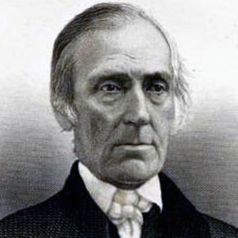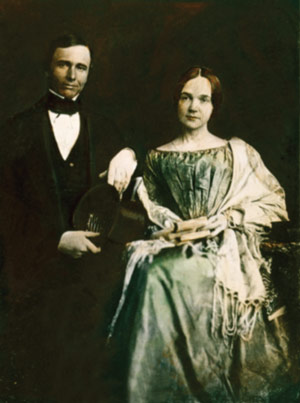This is the fifth in a series of articles in which I share my methodology for crafting a story, which I hope is both interesting and informative. Last week, I wrote about the portrayal of young Ulysses S. Grant in the Mexican War. This week, I shift to slavery in North Carolina, where one’s status in life was determined by that of the mother. Specifically, I turn to a moral and legal dilemma faced by young attorney Richard Grier, whose father-in-law, Edward McAllister, has given him Alicia, Edward’s slave daughter. Alicia is now pregnant with Richard’s child. (Alicia’s mother, Annie, was given to Edward by his father.)
Richard rushes to Johnston County, North Carolina, where Edward is on his deathbed in a cottage. In New Garden (196-199), I depict North Carolina law and Richard’s dilemma.
[Richard] returned to the cottage, uncorked one jug [of whiskey], and placed it on the sill.
“Thank you, lad.” Edward took a long swallow, then coughed up more blood.
“Richard, nothing shames me more than the wrong I have done to Annie and Alicia.”
“You’ve treated them very well, sir, like family.”
“Richard, the fact is, they are family, in every sense of the word.”
Richard swallowed hard. “What do you mean by that, sir?”
“Richard, you must not perpetuate the wrong committed by my father – and by me. Before I left Virginia, my father told me the truth about Annie. You do know that she is a mulatto?”
“Yes, of course.”
“In most such cases, the father is white and the mother is black.”
“Yes.”
“Annie’s mother was white. The father was a mulatto. Partus sequitur ventrem.”
***The legal doctrine held that the status of a child followed that of the mother. Early English common law had held that among English subjects, a child’s status was inherited from the father. In the seventeenth century, Virginia colonists adopted the partus sequitur ventrem doctrine to protect slave owners from legal responsibility for their slaves’ offspring. Other colonies followed Virginia’s example.
“And you, sir, I surmise, are Alicia’s father.”
“That’s hardly news, Richard. Strangers often ‘mistake’ Alicia and Lydia for sisters. There’s no ‘mistake’ about it. Which brings me to you. Alicia is with child. Are you the father?
“I believe so. I mean … there is no doubt.”
“Richard, give me your solemn promise that you will make this right. Annie and Alicia must be free.”
Richard chose his words carefully. “On my honor, sir, I will do right by you and the family.”
So now Richard is faced with a terrible dilemma. He was raised in a Quaker household, which also served as a station on the Underground Railroad. His parents taught him that slavery is immoral, but he has married into a family of slave owners. If Alicia has been free from birth, Richard, who has married Alicia’s half-sister, has violated his marriage vows by committing adultery. If she is still treated as a slave, she remains Richard’s mistress, and Richard is free of reproach under North Carolina law.
In just a few pages, the reader learns how partus sequitur ventrem could play out. The historical details, gathered in many hours of research, are told in the context of a story, not sometimes mind-numbing text.
New Garden is available on line from Amazon, Apple, and Barnes & Noble. Each website includes a “look-in” feature with the first few chapters of the novel. In Greensboro, NC, the novel is available at Scuppernong Books and the Greensboro Historical Museum Bookshop.


